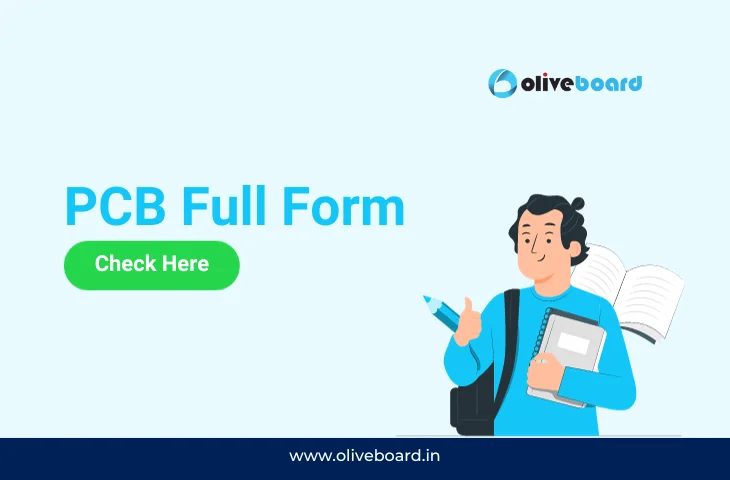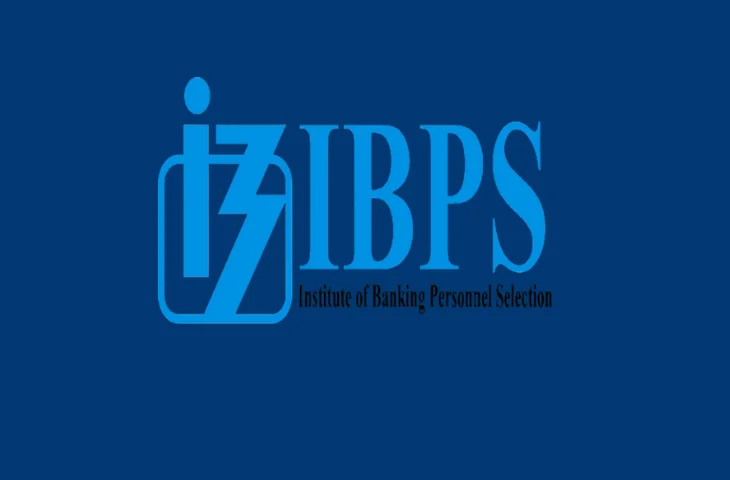PCB Full Form
PCB stands for “Printed Circuit Board”. A Printed Circuit Board is a fundamental component in electronics that provides a mechanical foundation for connecting and supporting electronic components. It serves as a platform for the electrical interconnection of various components, such as integrated circuits, resistors, capacitors, and other electronic parts, in an organized and structured manner. In this article, we will unveil the full form of PCB, and delve into its significance, structure, and its pivotal role in modern electronic design and manufacturing.
PCB Full Form in Hindi
PCB का मतलब “मुद्रित सर्किट बोर्ड” है। मुद्रित सर्किट बोर्ड इलेक्ट्रॉनिक्स में एक मूलभूत घटक है जो इलेक्ट्रॉनिक घटकों को जोड़ने और समर्थन करने के लिए एक यांत्रिक आधार प्रदान करता है।
Understanding the Structure of PCB
A typical PCB consists of several key elements, each of which plays a crucial role in its functionality:
- Substrate: The substrate, often made of a non-conductive material like fiberglass or epoxy resin, provides the structural foundation for the PCB.
- Copper Layer: A thin layer of copper is laminated onto the substrate. This copper layer serves as the conductive medium for electrical connections.
- Traces: Copper traces are etched onto the copper layer to create electrical pathways. These traces connect various electronic components and facilitate the flow of electrical current.
- Components: Electronic components are mounted and soldered onto the PCB. These components can include integrated circuits (ICs), diodes, capacitors, resistors, and more.
- Pads: Pads are areas of exposed copper on the PCB where electronic components are soldered in place. They provide a connection point for the component’s leads or pins.
- Solder Mask: A solder mask is applied to the PCB to protect the copper traces and prevent unintended electrical connections. It is typically green in color but can also be red, blue, or other colors.
- Silkscreen: The silkscreen is used for labeling and marking components on the PCB. It helps identify components, reference points, and connection information.
Significance of PCB
PCBs are of paramount significance in the field of electronics for several reasons:
- Compact and Efficient Design: PCBs allow for the compact and organized placement of electronic components, enabling devices to be smaller, more efficient, and lightweight.
- Consistent and Reliable Connections: PCBs ensure that electronic components are connected in a consistent and reliable manner, reducing the likelihood of loose connections or wiring errors.
- Streamlined Manufacturing: PCBs streamline the manufacturing process of electronic devices, making them more cost-effective and efficient.
- Customization: PCBs can be designed and customized for specific applications, accommodating different layouts and components to suit the needs of a particular device.
- Durability: PCBs are durable and can withstand environmental factors like heat, humidity, and vibration, ensuring the long-term functionality of electronic devices.
Types of PCBs
There are various types of PCBs, each tailored to specific applications and requirements. Some common types include:
- Single-Layer PCB: This is the simplest type, with a single layer of substrate and copper traces. It is used for basic applications with fewer components.
- Double-Layer PCB: Double-layer PCBs have copper traces on both sides of the substrate, allowing for more complex circuit designs.
- Multi-Layer PCB: Multi-layer PCBs consist of several layers of substrate and copper traces. They are suitable for high-density and intricate circuits found in advanced electronics.
- Rigid PCB: These PCBs have a solid, inflexible substrate, making them suitable for devices that do not require flexibility.
- Flexible PCB: Flexible PCBs use flexible materials like polyimide, allowing the board to bend or conform to irregular shapes. They are used in applications where flexibility is required.
- Rigid-Flex PCB: Rigid-flex PCBs combine elements of rigid and flexible PCBs, offering versatility in design and construction.
Conclusion – PCB Full Form
In conclusion, PCB, with its full form being “Printed Circuit Board,” is a foundational component in the world of electronics. PCBs provide a structured and organized platform for connecting and supporting electronic components, enabling the efficient design, manufacturing, and functionality of electronic devices. They come in various types, from single-layer PCBs to multi-layer, rigid, flexible, and rigid-flex PCBs, each tailored to specific applications. The significance of PCBs cannot be overstated, as they contribute to the compactness, reliability, and efficiency of modern electronic devices. The role of PCBs in the electronic world continues to evolve, supporting advances in technology and innovation across various industries, from consumer electronics to aerospace and healthcare. PCBs are the unsung heroes behind the electronic devices that have become an integral part of our daily lives, facilitating communication, entertainment, and countless other functionalities that shape our modern world.
- CAIIB BFM Exam Analysis 2025, 7th December Difficulty Level
- IBPS RRB Clerk Prelims Exam Analysis 2025, 7th December, All Shifts
- RBI Grade B Exam Analysis 7th December 2025, Difficulty Level
- PFRDA Grade A Final Result 2025 Out, Download Result PDF
- IBPS PO Mains Scorecard 2025 Out Soon, Check and Download Marksheet
- SSC CGL Tier 2 Study Plan 2025 for Last 15 Days Before Exam
PCB Full Form – FAQs
Ans. PCB stands for “Printed Circuit Board.”
Ans. PCB का मतलब “मुद्रित सर्किट बोर्ड” है।

Hello, I’m Aditi, the creative mind behind the words at Oliveboard. As a content writer specializing in state-level exams, my mission is to unravel the complexities of exam information, ensuring aspiring candidates find clarity and confidence. Having walked the path of an aspirant myself, I bring a unique perspective to my work, crafting accessible content on Exam Notifications, Admit Cards, and Results.
At Oliveboard, I play a crucial role in empowering candidates throughout their exam journey. My dedication lies in making the seemingly daunting process not only understandable but also rewarding. Join me as I break down barriers in exam preparation, providing timely insights and valuable resources. Let’s navigate the path to success together, one well-informed step at a time.






